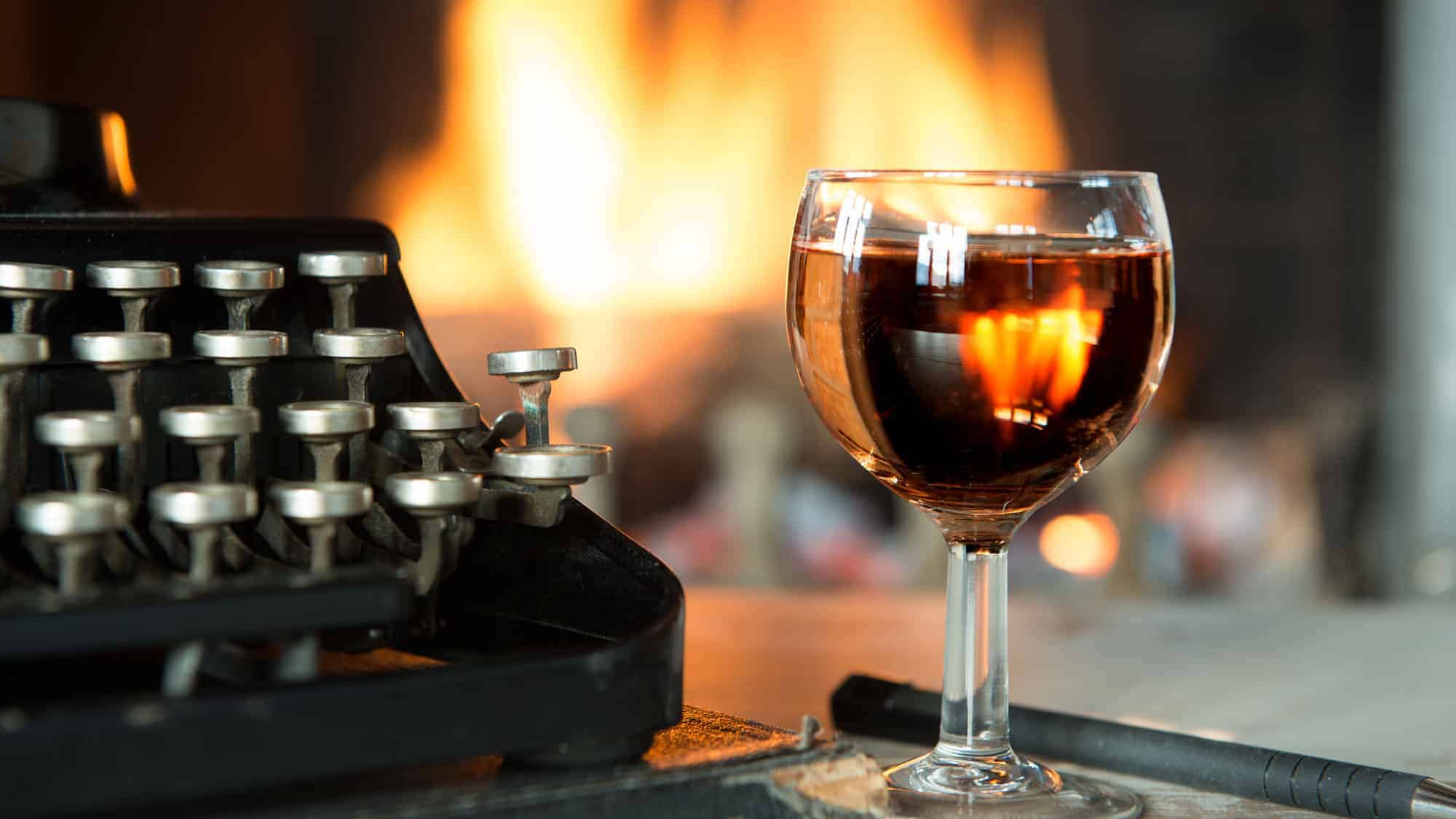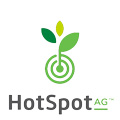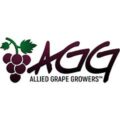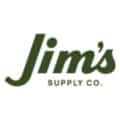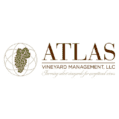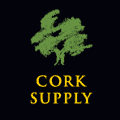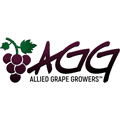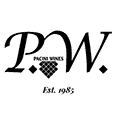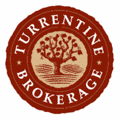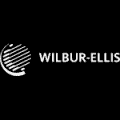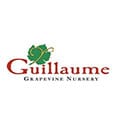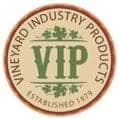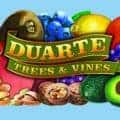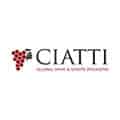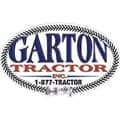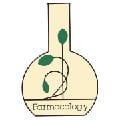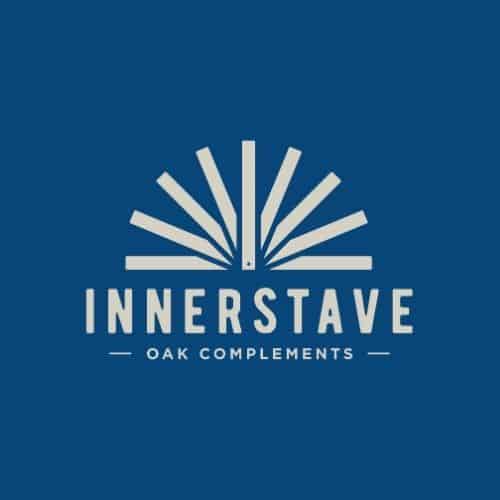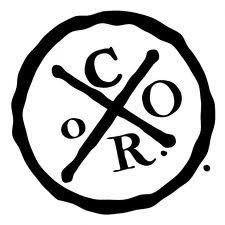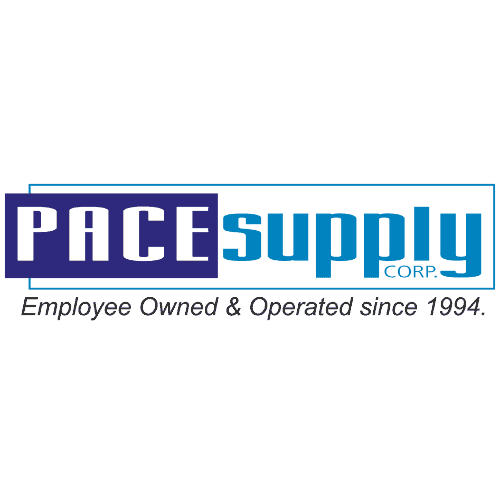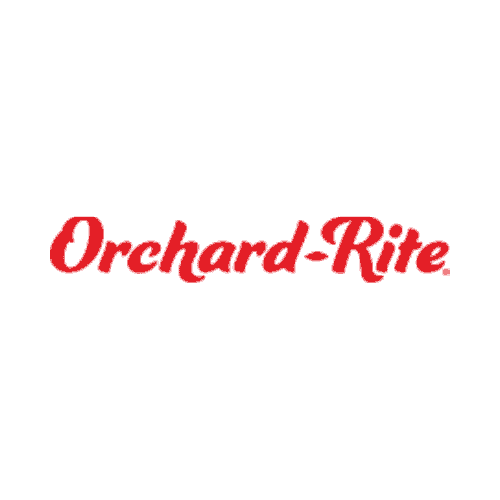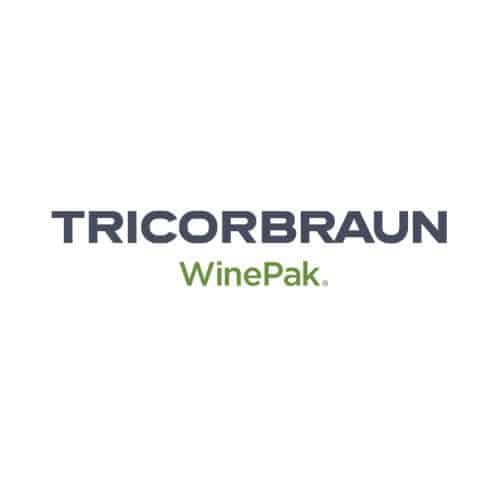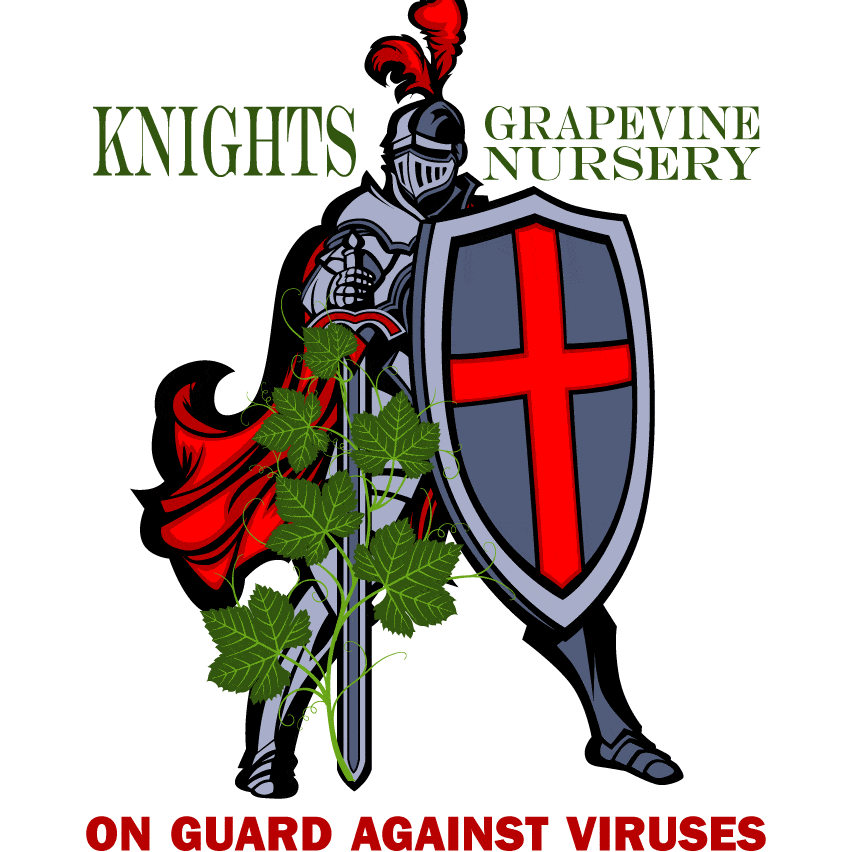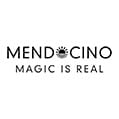A Family in Harmony with Their Land.
The Frey family in Redwood Valley lives by and enriches the tenets of organic and biodynamic at their winery and ranch on Tomki Road. Four generations of the family live on the ranch and work in the family business. This includes most of the twelve children of Marguerite and her late husband Paul Frey, along with spouses and dozens of grandchildren and the first great-grandchild.
Frey is the largest and oldest all-organic winery in the U.S. and is a leader in Demeter certified Biodynamics. All Frey wine labels carry the certified organic label and they are the first in the United States to be authorized to add the Biodynamic designation on their wine label.
Marguerite, known on the ranch as Beba, 84, works alongside more than forty-five members of her extended and enterprising offspring. In her spacious redwood home known as the Big House, where her children were raised, Beba is often found in the open kitchen with its commercial stove, tiled floors and lots of counter space. Two granddaughters sit at a hand hewed dining table doing school work.
Beba points to a wall of homemade apple sauce. “We made 250 jars this year,” she tells me. It wasn’t from their apples however. The early spring frost that took 30 percent of their vines devastated the apple orchard. “We traded wine for a ton of organic apples to make sauce and juice,” she explains.
The senior Freys purchased this former Spanish Land Grant known as Spring Hill Ranch near the headwaters of the Russian River in 1961. Frey Ranch has grown from 91 to 1000 acres. In addition to the Big House, other family homes are discreetly clustered around the property to minimize roads and maximize water and other service connections. The first grapes were planted in 1965 as a way to have a crop deemed too valuable to lose when there was pressure to dam that end of Redwood Valley for a reservoir.
The grapes from the original forty acre vineyard were sold to other wineries. When oldest son Jonathan studied organic viticulture in college in the 1970s, his interest led him to return to the ranch and by 1980, the winery was established.
On the day I toured in late November a dozen family members and neighbors were bottling late harvest Zinfandel and a port like fortified wine known at Frey as Dessertage. On many days Beba works the bottling line. She fills in wherever necessary but does “bottling for exercise,” she says with a smile. “It’s wonderful for the upper body.”
Katrina Frey, who is married to Jonathan, walks with me around the winery, which is housed in a hand hewn redwood building, trimmed along the rooflines with icicle-shaped wood shingles carved by one of the Frey brothers. Outside stainless tanks are wrapped with insulation and barrels are stacked in the cellar under the second story office.
Between the winery and Beba’s Big House is a large courtyard. Redwood slab tables and benches double as the tasting room and for family and nonprofit events such as the recent Nuestra Casa fundraiser. An adobe oven designed in the style of the sister-in-law Sandra’s native Bolivian hometown looks well used. Sandra is also responsible for the flower beds planted in hay bales and a South American themed vegetable garden where end of the season tomatoes, peppers and amaranth grow.
“Everyone has a garden,” says Katrina, as we stroll a narrow lane toward her house. One is tended in a clearing by her son, who has built his own cottage next to it. Surounded by trees and berries, the garden is going into winter mode but still full of green tomatoes, last of the peppers, and verdant rows of Mizuna mustard, a salad delicacy. Around the ranch apple and peach trees and the family tended vegetable gardens sprout in sunny spots between wooded areas and rambling borders of blueberries and raspberries. Birds are everywhere. On a small pond we spot hooded mergansers and wood ducks, a pair of cormorants and mallards. Wildlife corridors are interspersed between vineyards and human habitation.
Feeling the connectedness of family and farm we discuss the meaning of biodynamic, which seems omnipresent on the Frey Ranch. Katrina is current president of Demeter USA’s Board of Directors, headquartered in Oregon. “In order to be Demeter certified you have to put aside at least ten percent of the farm for diversity,” she says, “allowing wild as well as domestic animals to coexist on the land.”
At the end of one of the tree and bramble lined lanes we turn into a beautiful meadow where Buttercup, the Freys’ newest cow, is loose, having escaped from her pasture. Luke Frey, who tends the other cows, steer and the sheep on the ranch, asks our help to corral her. Luke directs the biodynamic farming practices and has figured out how to apply the specified required preparations to the all of the crops.
The principles of biodynamic farming have been in place since Rudolf Steiner developed them in the 1920s. In previous columns I’ve covered the basics of biodynamic vineyards, which look at the farm ecosystem as a whole contained organism. Everything from the soil to the people, the climate to the geography, the animals to the plants, is interrelated and needs to be considered when creating a biodynamic sustainable entity. Frey excels in its practices. As an organically certified winery for more than twenty-five years, they didn’t have far to go to become biodynamic certified.
All of the grapes at the Frey Ranch have received Demeter certification. “Demeter USA developed the first biodynamic wine standards,” Katrina says, “Now we hope to get them in place internationally.” Frey’s first biodynamic wine debuted in 1996 with a pastel label designed by Kate Gould of Ukiah.
Basically, says Katrina, the big difference between biodynamic and other organic wines is that the Biodynamic wine standard guides winemakers to produce wines that are minimally manipulated. “Wines are ambassadors for Biodynamics in this country,” says Katrina. “Now we need more products to take on the Biodynamic method. It would be great to have more products such as biodynamic peanut butter.”
Frey has between 18 and 22 different wine labels. Fifteen percent of the wine sports the Demeter USA Biodynamic logo and the rest is certified organically grown and produced. White varietals include organic Chardonnay, Sauvignon Blanc and a “Natural White” blend. Organic reds are Pinot Noir, Zinfandel, Merlot, Cabernet Sauvignon, Petite Sirah and a “Natural Red” blend. Biodynamic certified wines include Chardonnay, Syrah, Zinfandel, Merlot and Cabernet Sauvignon. Frey also makes a Rose (a favorite of mine) from
About a third of Frey’s of 90,000 cases of wine can be stored in the new warehouse, which is next to a bank of solar panels. They provide 75% of the winery’s power. We watch cases of wine being loaded into the back of a truck by a forklift operated by Katrina’s brother-in-law Paul Frey. When she introduces him as the official Frey winemaker, Paul demurs. “Everyone is the winemaker, that’s how it works here,” he laughs.
Everyone is also part of picking the grapes at harvest. The Big House with Beba presiding is “food central,” says Katrina. It is here you’ll find the whole extended Frey family including interns, apprentices, cellar workers and field workers gathered together at meal time. Everyone takes turn cooking the big family dinner served at six o’clock pm. This harvest was a bonus when Marco, an Italian apprentice, made a couple of Italian dinners. Summing it up, Katrina says, “It’s a natural extension of what we do.”
TASTING NOTES: For Frey’s 2005 Biodynamic Syrah, I had organically raised beef pot roasted with onions, tomatoes, carrots and mushrooms. Herbaceous with a lovely aroma of subtle plums and berries, Frey’s Syrah was a sublime and well-priced complement.

